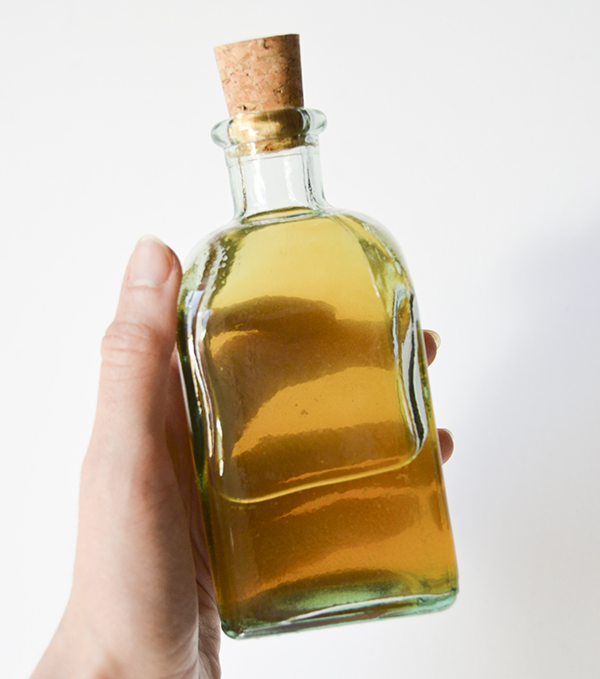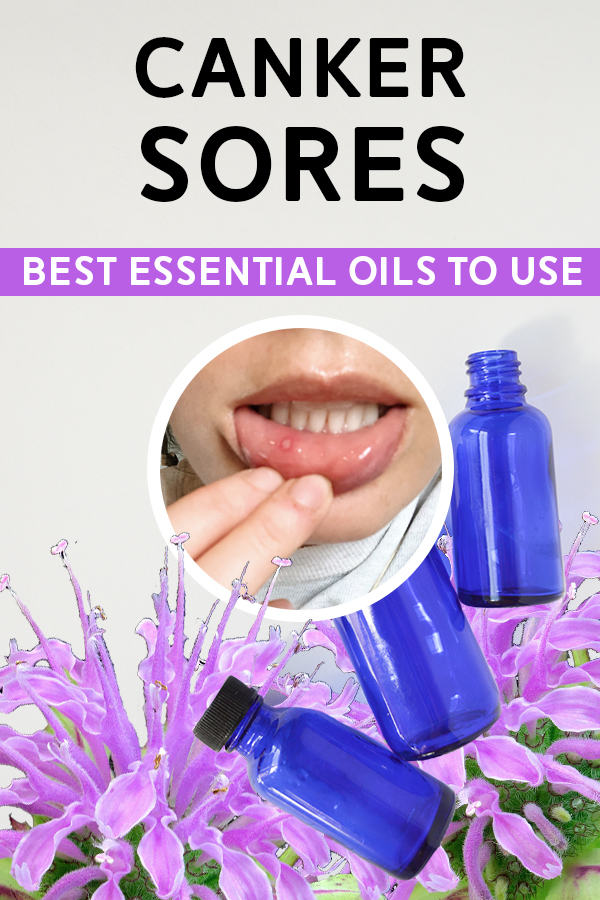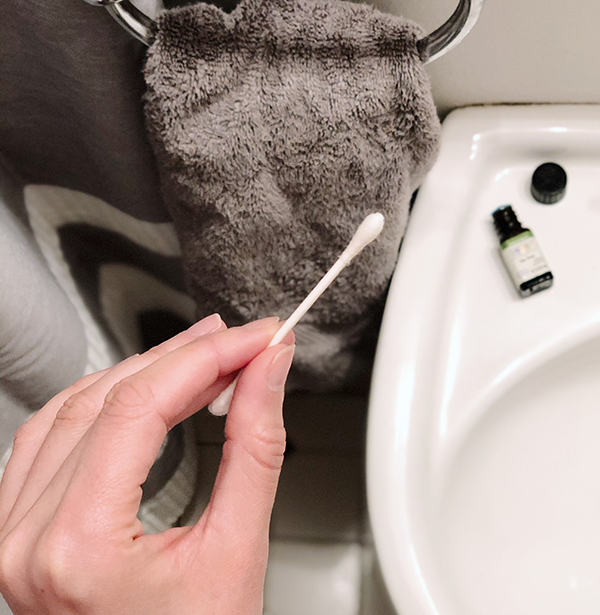
I love this cooling spray for sunburns! Even if I’m not burned, I love spritzing it on when I get home from walking Pickles in the sticky hot summer weather. I’ll share the exact recipe I use and give you some options for customizing. This is one part of a deep dive into essential oils for sunburns. Check out the main post here for a list of best essential oils for the issue and more background info.
Cooling Spray for Sunburns
Store this cooling spray for sunburns in the refrigerator and spritz over post-sun skin for a refreshing, cooling sensation.
Links are to Plant Therapy essential oils, a brand I personally trust, use and love. They are affiliate, however I do not work directly with them and am in no way sponsored by PT (I wish lol).
Customize Your Cooling Spray for Sunburns
If you don’t have / don’t like Lavender:
The following alternatives are soothing to sunburned skin:
If you don’t have / don’t like Peppermint:
Peppermint is in this mix because of the cooling sensation it has when applied in small doses to the skin. Other oils that can serve a similar role:
If your sunburn is really bad:
Don’t use Peppermint. While Peppermint has a cooling sensation used in small doses and on mild sunburns, it can actually feel more like a burning sensation if skin is really sensitive/burnt. We don’t want that! You could simply omit it from the above recipe and add 3 additional drops of Lavender (or Chamomile). Or, see the section below on Lavender hydrosols; I’d recommend that instead if your burn is really bad (like to the point where it hurts to touch).
Safety Considerations
There is a very low concentration of essential oils in this spray blend (under .25% dilution), making it safe for children as a body spray. Even though the concentration is low, I don’t recommend spraying anything containing Peppermint on or around the face of small children. Lavender and Peppermint are widely and commonly-used oils, but it’s always prudent to do a skin patch test before incorporating them into a blend to make sure no allergies or sensitivities are present. More on that in this post.
If spraying on your face (as an adult), be sure to close your eyes. You want to avoid getting any essential oil in your eyes, but Peppermint especially stings.
Please keep in mind that these essential oil recipes are intended for mild – moderate sunburns. If you’re absolutely fried (blistering, etc.), you should consult a doctor.
Lavender Hydrosol as an Alternative
If you want to keep things super simple, lavender hydrosol (floral water) can act as a great soothing spray instead of the above recipe. This gentle spray is also a good option if your burn is too painful to touch.
In this older post I show you how to make floral water (just sub German chamomile with Lavender). You can buy Lavender hydrosol already made as well. Just transfer to a spray bottle. I’d recommend storing in the refrigerator so it feels even better on your sunburn. While Lavender is calming and soothing to the skin, it doesn’t provide the same cooling effect as, say, peppermint essential oil.
In addition to this cooling spray for sunburns, I have a recipe for a body oil for sunburns. Highly recommend using the two together! Use the spray as needed for some cool relief throughout the day, and apply the body oil at night to really benefit the skin.
xo Nicole
The statements and blends referenced in this post have not been evaluated by the Food and Drug Administration. Products and/or information are not intended to diagnose, treat, cure or prevent any disease. If you are pregnant, nursing, have a medical condition or are taking any medication, consult with your physician before using any essential oil or blend.
I’m a Certified Holistic Aromatherapist through the Institute of Integrative Aromatherapy and only share blends with you that I’ve personally used and from which I’ve benefited. I stand behind them 100%! Essential oil blends are, however, most effective when made with individual needs, goals and personality in mind.











